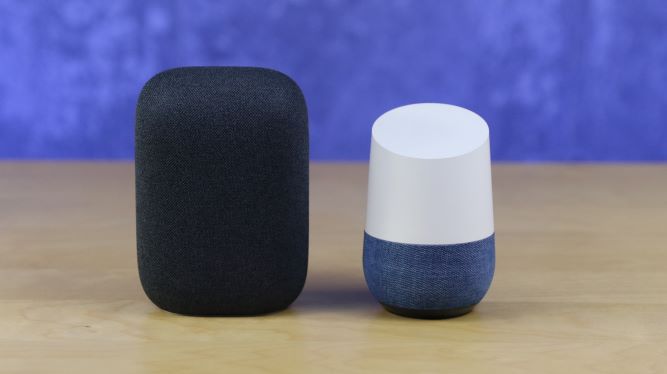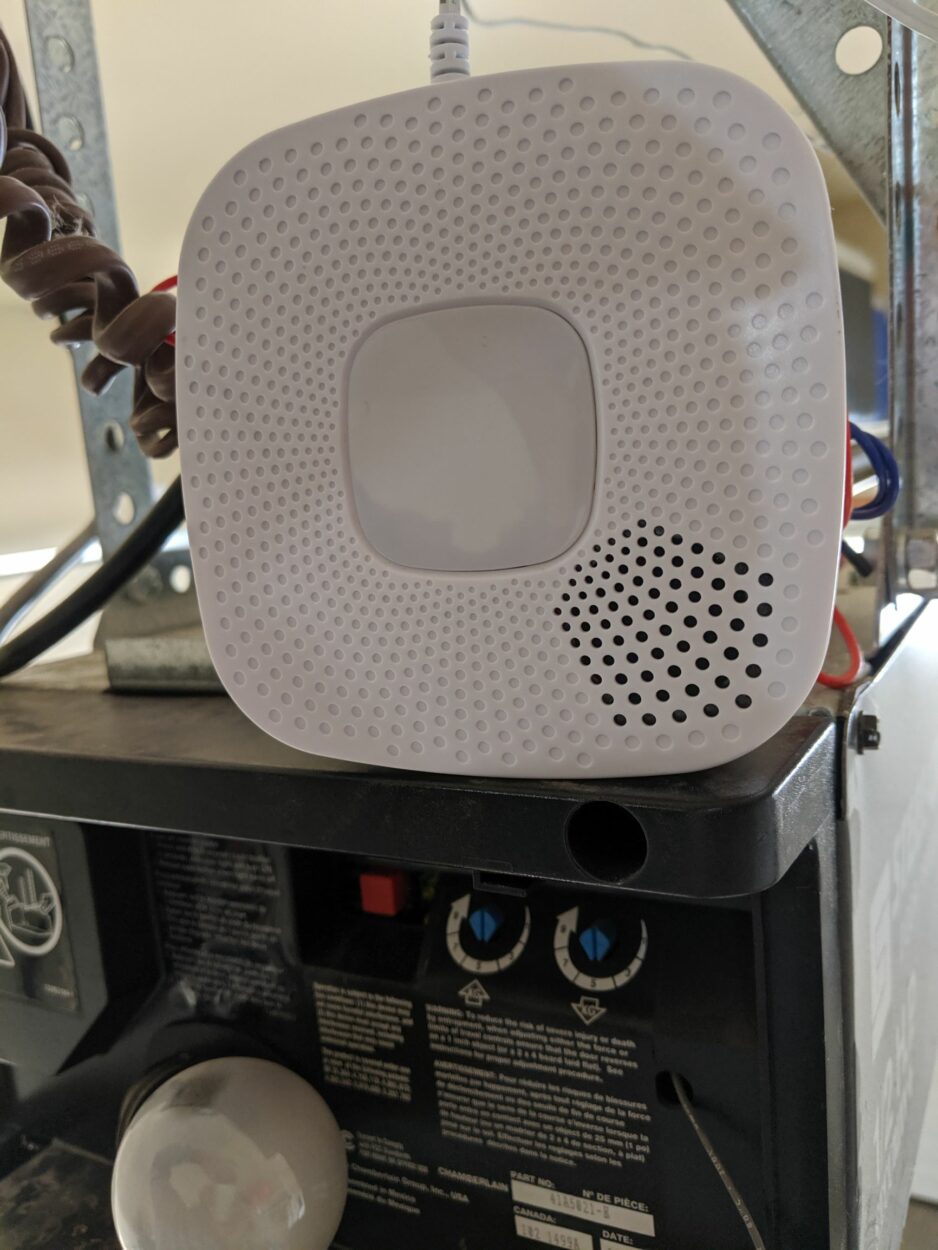The advent of smart home devices has revolutionized how we maintain our living spaces, and one such innovation is the Shark Robot vacuum.
These autonomous cleaning marvels have gained popularity for their convenience and efficiency. However, like any technological advancement, they can encounter issues that necessitate a reset to restore their optimal performance.
As these Robot vacuums seamlessly navigate through our homes, performing their cleaning duties with precision, occasional glitches can arise.
These may manifest as connectivity hiccups, software anomalies, or the need to recalibrate settings. The solution to many of these challenges often lies in the act of resetting the Shark Robot vacuum.

| Shark Robot vacuum features | Description |
| Navigation System | Utilizes advanced sensors, cameras, and mapping technology to navigate and clean efficiently in the homes. |
| Cleaning Modes | Offers multiple cleaning modes, such as Auto, Spot Clean, Edge Clean, and Manual control via remote or app. |
| Self-Charging | Automatically returns to its charging dock when the battery is low, ensuring it’s always ready for cleaning. |
| HEPA Filtration | Includes a high-efficiency filter that captures fine particles and allergens, improving indoor air quality. |
| Mapping Technology | Creates a map of the cleaning area, optimizing its route and preventing redundant cleaning of the same areas. |
Where can one find the reset button on the Shark Robot vacuum?
The reset button’s location on a Shark Robot vacuum varies by model. Consult your user manual for specific guidance.
Often found on the charging station or docking base, it might be subtly placed within a small hole or recessed area to prevent unintended presses.
Look for any labels or symbols denoting its position. Online resources, like user forums and videos, can offer visual instructions for locating the reset button on your particular model.
If you’re still unable to locate the reset button, reaching out to Shark’s customer support is a helpful step. They can provide tailored assistance, considering the potential implications of a reset, such as resetting Wi-Fi settings or map data.
Before resetting, understand the consequences, as it might erase personalized settings.
In summary, your approach involves checking the manual, exploring the charging station, using online resources, and seeking professional guidance if needed to ensure you successfully locate and use the reset button on your Shark Robot vacuum.


How to reset the Shark Robot vacuum?
By the model you own, resetting a Shark Robot vacuum may appear different.
However, the following general instructions for performing a reset should be effective for the majority of Shark Robot vacuum models:
- You must first locate the reset button before pressing it with a thin object like a paperclip or a small pin. Before continuing, erect the paperclip or pin.
- Ensure that the Robot vacuum is turned off. It could require to be manually turned off utilizing the vacuum’s power button or by setting it down on the charging station.
- Place the paperclip or pin carefully inside the reset key’s opening, click the button, keep it in place for ten to fifteen seconds, and then let go.
- Restart the Robot vacuum by putting it again on the charging station or by pressing the power key on the vacuum.
- It’s possible that the Robot vacuum is now in a reset condition. For connecting it to Wi-Fi, configure settings, and begin normal usage, consult your user manual for setup guidance.
It’s a good idea to consult the user guide or get advice tailored to your model from Shark’s customer service if you have questions regarding the resetting procedure or its effects.


Why resetting the Shark Robot vacuum is necessary?
When dealing with connectivity challenges, software bugs, and settings-related difficulties, a Shark Robot vacuum must be reset.
Issues with connection, such as trouble linking to Wi-Fi or the associated application, can interfere with smart capabilities like remote control, necessitating a reset to create a new connection.
Over time, software flaws and faults might build up, causing the Robot vacuum to behave erratically or make navigational mistakes.
Resetting the vacuum’s firmware fixes these problems and effectively reboots it, bringing it back to a more stable state and permitting proper performance.
Yet, a reset often returns settings to their factory defaults, which erase customized settings like timetables and mapping.
It’s preferable to try a reset only after all other troubleshooting steps have failed or with customer support’s advice.
For detailed reset guidelines, always consult the user handbook and consider the possible results prior to starting.
What does error 4 on the Shark Robot vacuum indicate?
Error code 4 on a Shark Robot vacuum is a signal that something is amiss with its sensors or obstacle-avoidance capabilities.
To address this issue, start by inspecting the Robot’s environment for any obstructions or blockages that could be impeding its movement.
These obstacles might include cords, toys, or debris that need to be removed to allow the vacuum to navigate freely.
Additionally, check the sensors themselves for dirt or dust accumulation, as dirty sensors can impair their functionality.
Gently clean the sensors with a soft, dry cloth to ensure they are clear. Sometimes, low battery levels can trigger error codes, so make sure the robot is fully charged before trying to run it again.
Lastly, consider updating the robot’s firmware or software if it’s outdated or corrupted, as this could also be a potential source of the error.
Keep in mind that specific models or newer versions of Shark Robot vacuums may have different error codes or troubleshooting steps, so consulting the user manual or contacting Shark’s customer support for model-specific guidance is advisable.
What is the average time period a Shark Robot vacuum can function?
Shark Robot vacuums typically last between three and five years prior to experiencing more frequent problems or deteriorating performance, depending on the type, how often they are used, and how well they are maintained.
The life expectancy of your Shark Robot vacuum is significantly increased by frequent upkeep.
This requires clearing the dustbin shortly after each vacuuming cycle, clearing and changing filters as necessary, and looking for any blockages or dirt that could obstruct the vacuum’s movement or sensor operation. For optimum functioning, the sensors and brushes must be kept clean.
Lastly, technological advancements and improvements in Robot vacuum design can impact their lifespan.
Newer models may incorporate better materials, more efficient cleaning algorithms, and longer-lasting batteries, potentially extending their functional lifespan beyond that of older models.
To maximize the lifespan of your Shark Robot vacuum, it’s essential to follow the manufacturer’s recommended maintenance guidelines, stay up to date with any available firmware updates, and be mindful of the vacuum’s usage patterns and environment.
Final Verdict
In this article, we discussed:
- Smart home devices, like the Shark Robot vacuum, revolutionize the home environment but these efficient cleaners can encounter issues, making resets crucial for restoring optimal performance.
- These glitches in Shark Robots may include connectivity issues, software anomalies, and calibration needs. Resetting offers a practical solution, restoring intended functionality.
- To reset, find the button, use a tool like a paperclip to press, power off the vacuum, hold the button briefly, and then restart. Caution is crucial due to potential data loss.
- Knowing when to perform a reset is crucial and it’s recommended to exhaust other troubleshooting steps before opting for a reset, as it is not without consequences.
- To navigate this process effectively, consulting the user manual or seeking assistance from customer support is advisable.
- Error code 4 on a Shark Robot vacuum suggests sensor or obstacle-avoidance problems. To fix it, check for obstructions, clean sensors, ensure a full battery charge, and update firmware if necessary.
- On average, Shark Robot vacuums last 3 to 5 years depending on usage and maintenance. Regular upkeep, like emptying the dustbin and cleaning sensors, is essential for longevity.
Other Articles
- Can I Delete My Blink Account And Start Over
- How Do I Unregister a Blink Camera From Another Account
- How Do I Give Someone Access to My Blink Camera
- Wyze Camera Keeps Disconnecting


